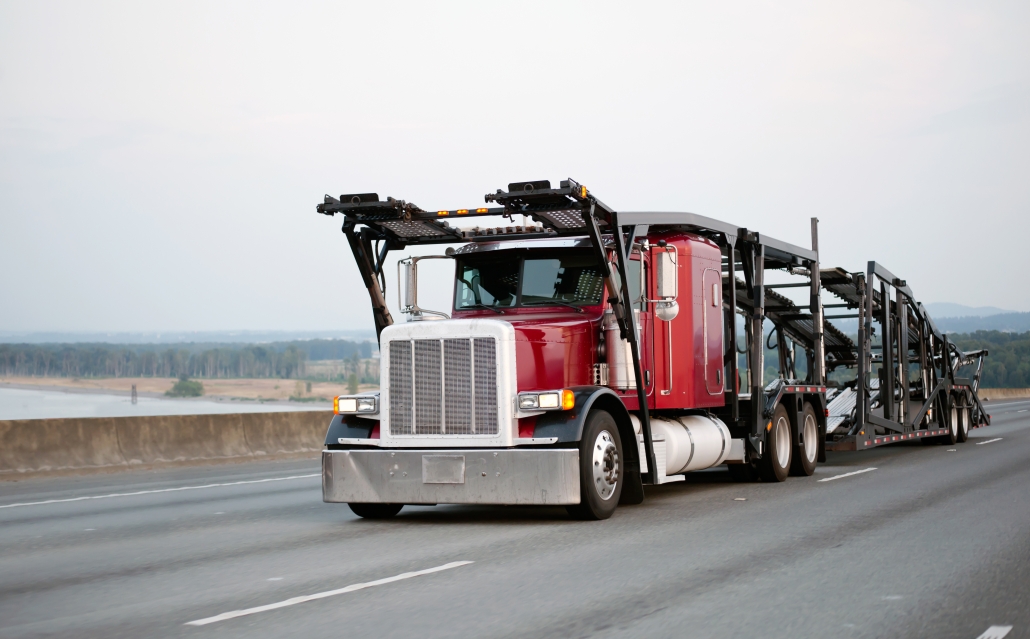
Transporting a Vintage Car: A Guide from The Car Carriage
Navigating the Roads of Time: A Guide to Vintage Car Transportation
As a vintage car enthusiast, you’ve likely experienced the thrill of cruising down the open road in your beloved classic. But what happens when you need to transport your prized possession to a different location? Whether it’s for a car show, restoration, or simply a change of scenery, transporting a vintage car requires special care and attention.
Understanding the Unique Challenges
Vintage cars, unlike modern vehicles, are often more delicate and susceptible to damage during transportation. Key considerations include:
- Fragile Components: Older cars often have parts that are more fragile or difficult to replace.
- Weight Distribution: The weight of a vintage car is not always evenly distributed, which can affect how it’s secured during transport.
- Value: Vintage cars can be quite valuable, making it essential to choose a transportation method that minimizes the risk of damage.
Choosing the Right Transportation Method
The best method for transporting your vintage car depends on several factors, including the distance involved, the car’s condition, and your budget. Here are some common options:
1. Open Car Transport: This is the most common method for transporting vintage cars. The car is loaded onto an open trailer and secured using straps or chains. While it’s a cost-effective option, it exposes the car to the elements and potential road debris.
2. Enclosed Car Transport: This provides the highest level of protection for your vintage car. The car is loaded into a closed trailer, shielding it from the elements and reducing the risk of damage. However, it’s generally more expensive than open car transport.
3. Door-to-Door Service: Some transportation companies offer door-to-door service, where they pick up and deliver your car directly to your desired location. This can be convenient, but it may come with additional costs.
4. DIY Transport: If you’re comfortable driving your vintage car long distances, you can transport it yourself. However, this requires careful planning and preparation, including ensuring that the car is in good mechanical condition and that you have adequate insurance coverage.
Tips for Safe and Secure Transportation
Regardless of the transportation method you choose, here are some tips for ensuring the safe and secure transport of your vintage car:
- Inspect the Trailer: Before loading your car, carefully inspect the trailer to ensure it’s in good condition and free of any defects.
- Secure the Car Properly: Use high-quality straps or chains to secure the car to the trailer. Ensure that it’s tightly fastened and won’t shift during transport.
- Consider Additional Protection: You may want to consider using additional protective measures, such as covering the car with a protective blanket or using wheel chocks to prevent it from rolling.
- Choose a Reputable Company: If you’re hiring a transportation company, research their reputation and read customer reviews.
- Document the Condition of the Car: Before and after transportation, document the condition of the car, take photos, and note any existing damage.
Conclusion
Transporting a vintage car requires careful planning and attention to detail. By understanding the unique challenges involved and choosing the right transportation method, you can ensure that your prized possession arrives safely at its destination. With proper care and preparation, you can enjoy the thrill of driving your vintage car wherever your adventures take you. Give us at 855-723-3200 to get your free vintage car transport quote!

















